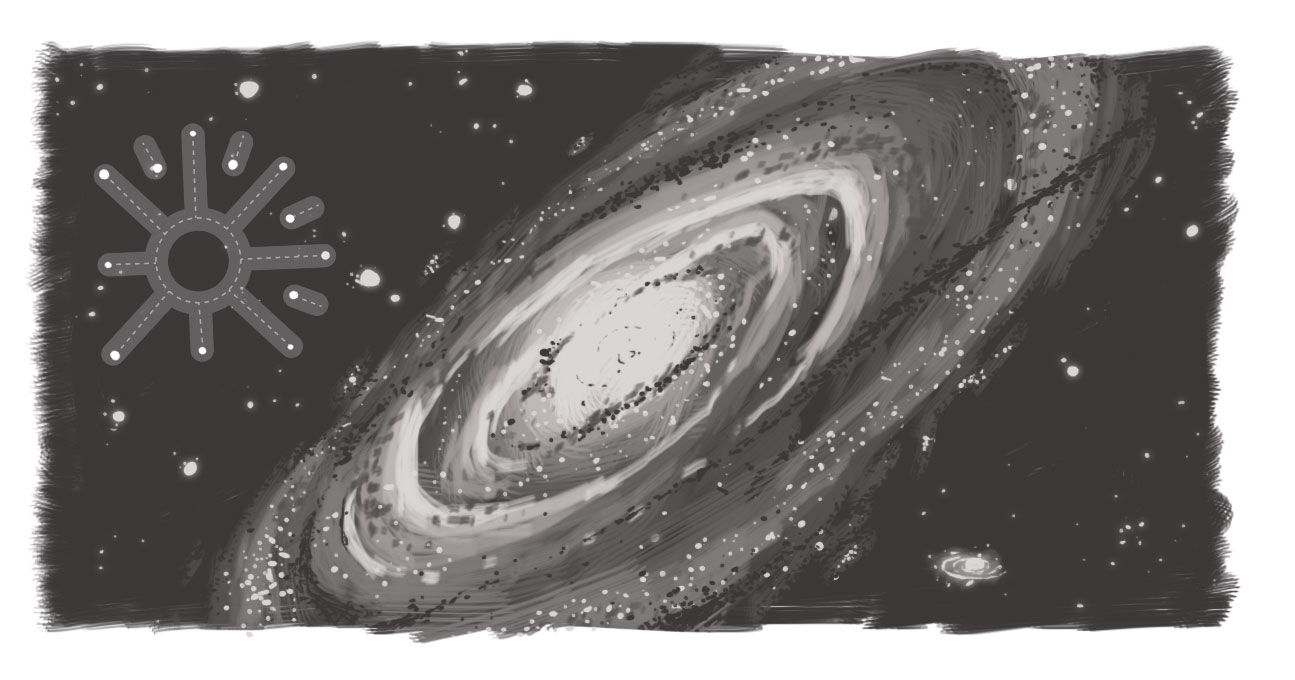Push Marketing from Pluto. NASA's Message from Instagram

Whether your customers are next door or in a galaxy far, far away, the message remains the same -- go where your customers are and deliver your message in the way that best suits their needs, desires, and preferences.
We saw a dramatic reinforcement of that philosophy earlier this week with the debut of NASA's first photo from the New Horizons spacecraft's flyby of (the celestial body formerly known as a planet) Pluto.
Yep, Instagram, the bastion of kitty memes, duck-faced selfies, and food porn. Instagram, dismissed by some as nothing more than filters and frivolity. Instagram, the former iOS exclusive app that's now been swallowed by the megacorp Facebook and that allows photo-sharing across multiple platforms.
That Instagram.
But if you only think of Instagram as an app designed to feed one's superficial vanity, you're missing out. Instagram is increasingly the place where people are sharing their photos, both privately and publicly, across the globe. There are more than 300 million Instagrammers sharing over 70 million photos daily.
It's increasingly where people are going to see the world around them. Recently, we saw Mike Trout giving you a behind-the-scenes look at the MLB All-Star Game. It's an appealing, low-effort/high-reach medium to distribute your brand message. From a brand awareness and reputation-burnishing standpoint, Instagram offers you a quick, easy, and effective way to grow your reach.
That's the start. How you convert those "likes" and "fans" into actual conversions and transactions? Well, that's for another blog.
So what does NASA's marquee foray into Instagram content strategy mean to you? It means if you're looking to appeal to 18-29 year olds, you might want to consider the value of adding or prioritizing Instagram to your content marketing efforts. Pew Internet research, published January 2015 shows that, amongst all U.S. adults on-line, 53 per cent in that 18-29 year-old demographic used Instagram. That's a jump of 43 per cent from 2013 figures -- and one would only assume that 2015 data will show a similar jump.
We've talked about being where your customers are in the past and it's clear that NASA gets it. Sure, it could have posted its first photo of Pluto to its own site, sent out traditional press releases and social links, and waited for people to come to them.
Instead, they released it on its Instagram feed -- one that, at the time, had 3.5 million followers (and has since gained around 300,000 more -- an hour before anyone else. That one photo has garnered 328,000 "likes" and over 12,500 comments.
Sure this is no Kim Kardashian/Kendall Jenner level of success, but, again, demographics.
It's all about being where your desired demographic is. For NASA, appealing to a younger, visually driven demographic is obviously important to its long-term efforts. Using a visual medium like Instagram for the distribution of a soon-to-be iconic image from the farthest region of our solar system made sense.
Most importantly, it's further acknowledgement that the future of on-line communication lies not in passively waiting for people to come to your content, but to effectively delivering content to interested consumers using the medium that best suits their needs.
Instagram's not for everyone. You'd be hard pressed to find relevant content (e.g. -- non-vanity style) for an Instagram account if you were running a law office or financial-planning service. But for restaurants, large organizations with strong community/social ties, government, educational facilities, etc... there are millions of words that could be told through the medium of photography.
Simply put, push marketing works -- even if the push comes from over three billion miles (over 4.8 billion kilometers for those of us North of the 49th) away.
What can we learn from NASA's Pluto Instagram post?
SUBSCRIBE TO OUR E-NEWSLETTER
 Subscribe
Subscribe


